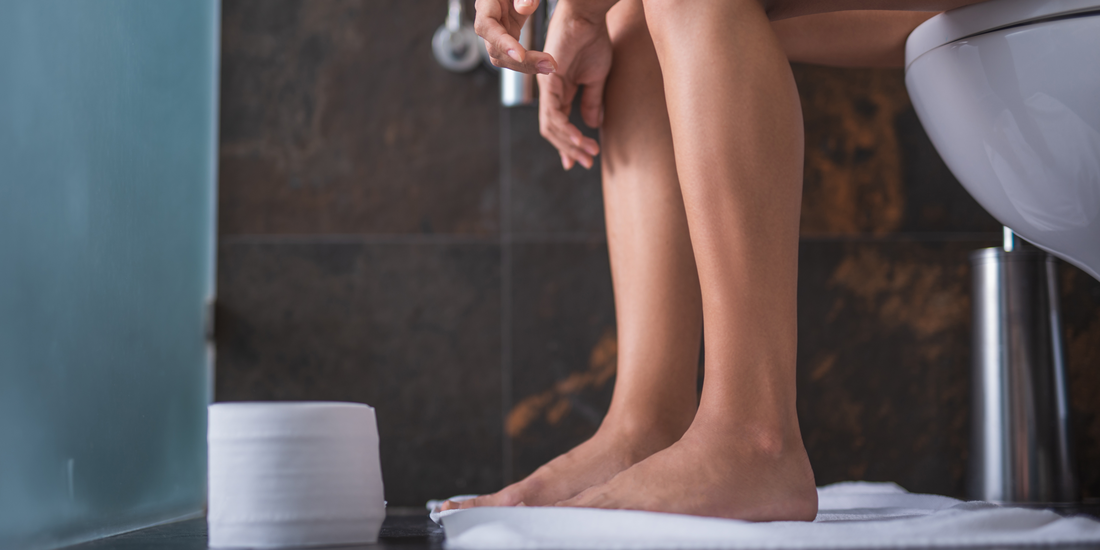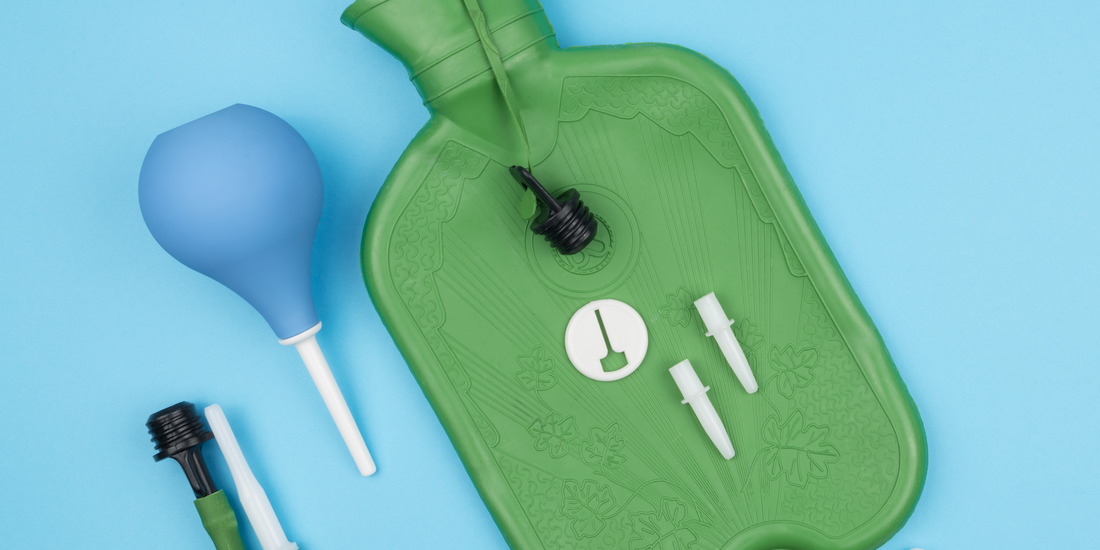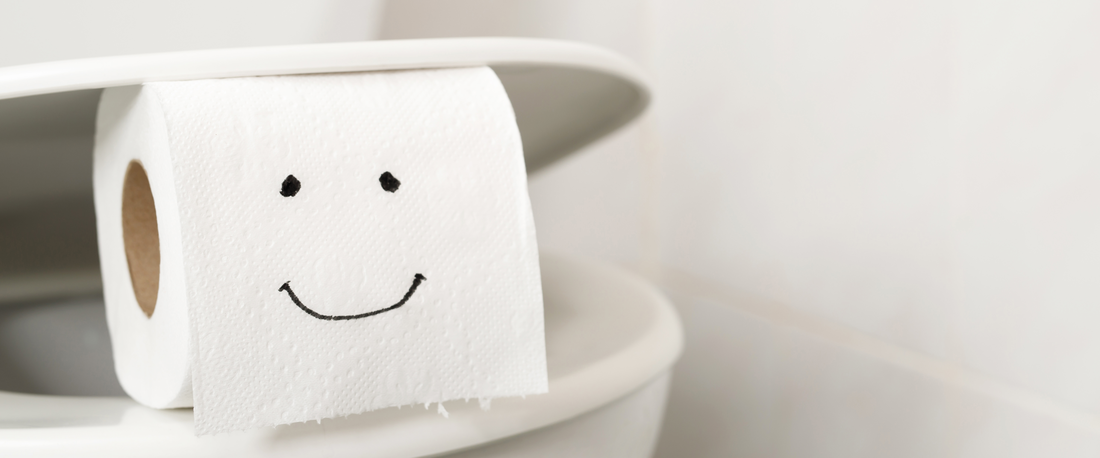A Guide to the World of Laxatives, Stool Softeners, Enemas, and Supplements for Bowel HealthINTRO In our previous blogs, we discussed the importance of healthy bowel function, what is normal and what is not, and what happens when things go wrong including constipation & fecal incontinence. Today, we're diving deeper into the topic and exploring the worlds of laxatives, stool softeners, and enemas. With so much buzz around "gut health" and its various aspects, it's essential to understand these tools' proper use to maintain optimal digestive function. Join us as we navigate through the benefits, risks, and best practices of these bowel aids. Let's get started! LAXATIVES & STOOL SOFTENERS First, let’s talk about what we’re all probably the most familiar with, laxatives. The laxative industry is MASSIVE in the United States with an estimated $725 million spent annually. Yes, you read that right, $725 MILLION. This number is even more shocking when you realize that most people who take laxatives don’t actually need them and that their constipation woes would go away with an increase in fluid intake, adding fiber to their diet, moving their bodies more, and seeing a pelvic floor physical therapist. There are several different classifications of laxatives which include:
We always recommend consulting your doctor and pelvic floor physical therapist before taking any laxatives. ENEMAS Enemas are a procedure that involves the introduction of liquid into the rectum to promote bowel movement. They are commonly used to relieve constipation or to prepare for certain medical procedures such as a colonoscopy. Enemas can be useful in the context of pelvic floor dysfunction when constipation is a contributing factor. When stool sits in the rectum for prolonged periods, it can contribute to pelvic floor muscle tension and discomfort. Enemas can be a useful tool for promoting regular bowel movements and reducing pelvic floor muscle tension. However, there are potential risks associated with enemas, such as rectal bleeding, perforation of the rectum, and infection. It is important to follow proper instructions and consult with a healthcare professional, such as a pelvic floor physical therapist, before using an enema. A pelvic floor physical therapist can provide guidance on the safe and effective use of enemas and work with patients to develop a comprehensive bowel management plan that addresses their unique needs. IN CONCLUSION
Although laxatives and enemas can provide temporary relief for constipation and bowel dysfunction, it's essential to address the root cause of the problem for long-term improvement. Using these products without addressing the underlying issues may only provide temporary relief, and the symptoms are likely to recur. That's why we recommend seeking professional help to address the root cause of your symptoms. Pelvic Floor Physical Therapy is a highly effective treatment option for bowel dysfunction, including constipation, fecal incontinence, or a combination of the two. Our residency-trained, board-certified pelvic floor physical therapist can provide personalized care to help you overcome these issues and improve your quality of life. To learn more and book a complimentary phone consultation, simply click HERE or call our office at (225) 831-5140. Don't let bowel dysfunction control your life - take the first step towards relief today. Sources: https://www.verywellhealth.com/osmotic-laxatives-for-constipation-1944785 https://www.healthline.com/health/digestive-health/bulk-forming-laxatives#benefits https://www.everydayhealth.com/digestive-health/all-about-laxatives.aspx https://www.rxlist.com/how_do_lubricant_laxatives_work/drug-class.htm https://www.verywellhealth.com/osmotic-laxatives-for-constipation-1944785 https://www.mayoclinic.org/drugs-supplements/laxative-oral-route/description/drg-20070683#:~:text=Stimulants%E2%80%94Stimulant%20laxatives%2C%20also%20known,of%20laxative%20for%20self%2Dtreatment. https://www.verywellhealth.com/before-you-use-stool-softeners-1944786
0 Comments
Leave a Reply. |




 RSS Feed
RSS Feed